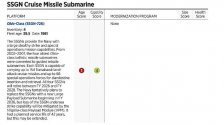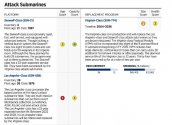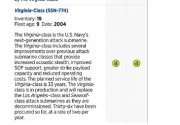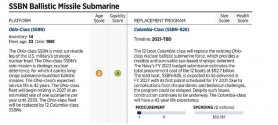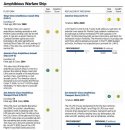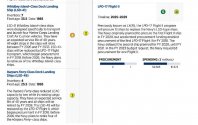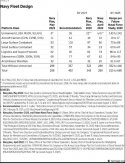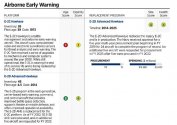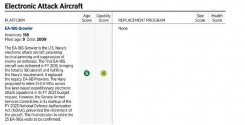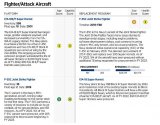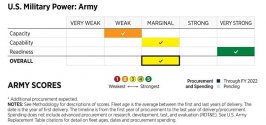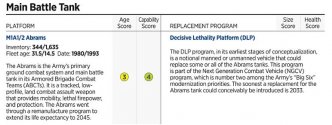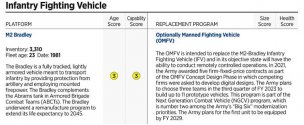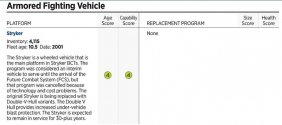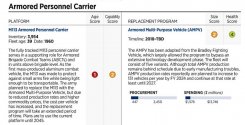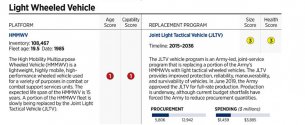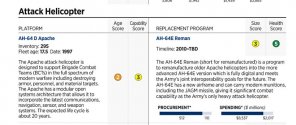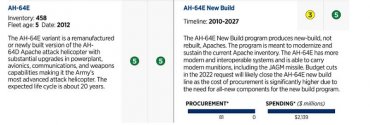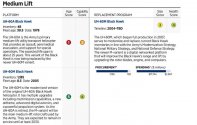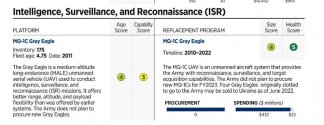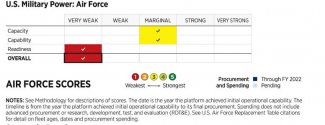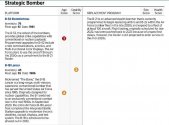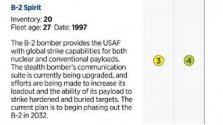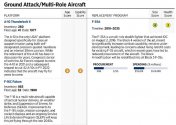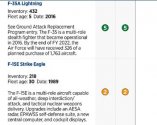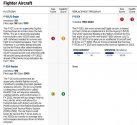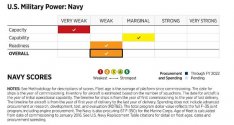
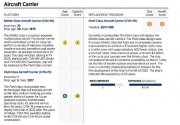 Aircraft Carriers (CVN).
Aircraft Carriers (CVN). The Navy has 11 nuclear-powered aircraft carriers: 10
Nimitz-class and one
Ford-class. The Navy has been making progress in overcoming nagging issues with several advanced systems, notably advanced weapons elevators, and the
Ford’s first operational deployment is on track for the fall of 2022.
The second ship in the class,
Kennedy (CVN 79), was christened on December 7, 2019, and remains on schedule for delivery in 2024, followed by
Enterprise (CVN 80), which is in early construction.
The U.S. lead in this category of naval power may be waning as China completes construction of its first super carrier. As the U.S. Navy struggles to build, maintain, and crew a fleet of 11 aircraft carriers, China is rapidly catching up both in numbers and platform capability. Its newest carrier, the Type-003, like the
Ford-class, will utilize electromagnetic catapults that will give its air wing greater range and sortie rates, thus greatly narrowing the capability gap.
The Type-003 is China’s second indigenously built carrier, marking a significant engineering milestone, and there has been renewed emphasis on having the ship delivered before the next Chinese Communist Party congress, which is scheduled for the fall of 2022.
China’s growing naval aviation and aircraft carrier capabilities place added stress on U.S. naval aviation and air defenses.
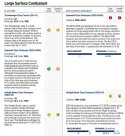
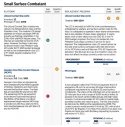 Large Surface Combatants.
Large Surface Combatants. The Navy’s large surface combatants consist of the
Ticonderoga-class cruiser, the
Zumwalt-class destroyer, and the
Arleigh Burke–class destroyer. If the President’s FY 2023 budget is executed, the Navy will decommission five aged cruisers. This will decrement the Navy’s sea-launched firepower by 316 vertical launch tubes when measured against FY 2023 delivery of new strike-capable ships and submarines. Attempts to extend the life of the aging
Ticonderoga-class cruisers have yielded mixed results as deferred upgrades and past incomplete maintenance are now driving up operating costs.
In FY 2022, the Navy procured two
Arleigh Burke–class DDG 51 destroyers, bringing the total on active duty in the fleet to 70. Fourteen more have been ordered. The
Zumwalt class was envisioned as bringing advanced capabilities to the fleet, but the program has suffered technological problems and cost overruns, and the Navy has not indicated that it intends to acquire more than the three that have already been purchased and are being built out: the USS
Zumwalt (DDG-1000), which was delivered on April 24, 2020; USS
Michael Monsoor (DDG-1001), which was commissioned on January 26, 2019; and USS
Lyndon B. Johnson (DDG-1002), which is completing checks before delivery to the Navy in 2024.
The
Zumwalt was to achieve initial operational capability (IOC) by September 2021, which the Navy pushed back to December 2021.
As of May 2022, a revised timeline for achieving IOC had not been made public.
To reach 355 ships by 2034, the Navy plans several class-wide service life extensions, notably extension of the DDG-51-class service life from 35 to 40 years and modernization of older hulls. The FY 2020 budget included $4 billion for modernization of 19 destroyers from FY 2021 through FY 2024.
The previously noted planned decommissioning of five cruisers in FY 2023 makes this more critical.
